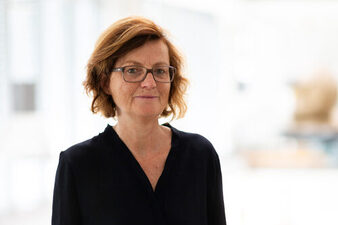About the project
Living in an affordable home in urban metropolitan areas appears to be an unbroken trend, as shown by numerous empirical studies conducted by universities and professional associations. In particular, there is currently and will continue to be an increased migration from villages or small towns to cities or from east to west. However, as central, inner-city living space is scarce and now hardly affordable, the trend today is towards so-called "micro-apartments" with a small footprint and only a small living space. A number of international "Microhousing - WB" projects are currently being advertised, which are hoping for ideas for a sustainable housing future.
A campaign for living in so-called "tiny houses" has also been launched in Dortmund. In the DO-Sölde district, an urban development plan is being developed that is explicitly designed for a Tiny Village settlement. The project is supported by the "Council for SUSTAINABLE Development" in Dortmund. The City of Fachhochschule Dortmund has therefore approached the Fachhochschule Dortmund to obtain impulses and ideas from the university landscape, which should provide the city with impetus for the direction of future urban development.
As part of an interdisciplinary Master's project, we at the Faculty of Architecture have therefore taken on this challenging topic and critically examined a "Tiny House - Green Village" from the point of view of a conceptual "sustainable form of living". The focus was on a high-density, green district - from the urban planning concept to the resource-saving construction method right down to the last detail. The results of the seminar presented here are intended to showcase a broad spectrum of urban planning solutions. The selected and examined constructions range from traditional timber construction methods to complex solid timber systems - in addition to a renaissance for earth building using various techniques.
Prof. Christine Remensperger

